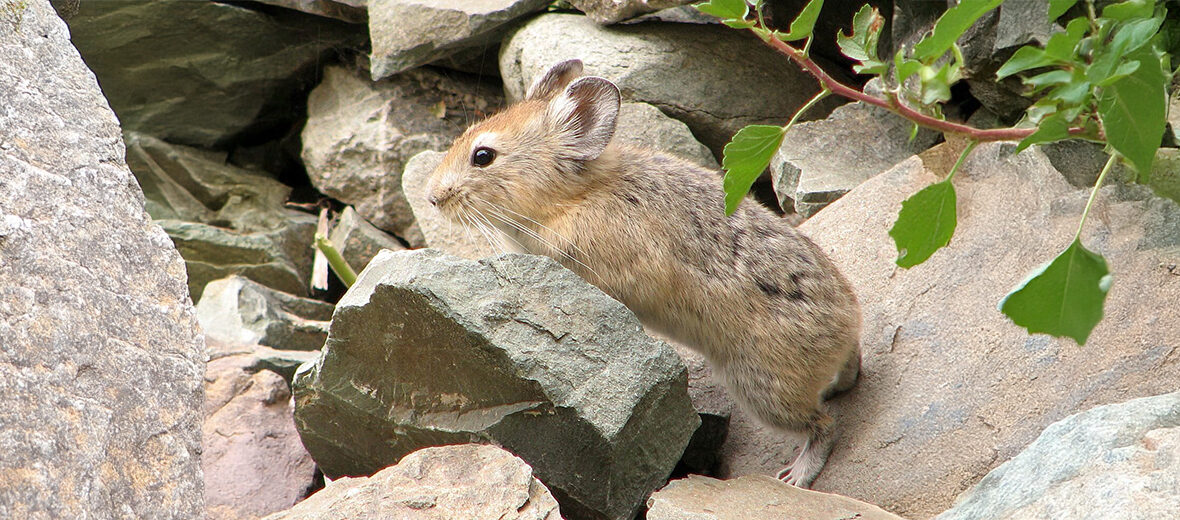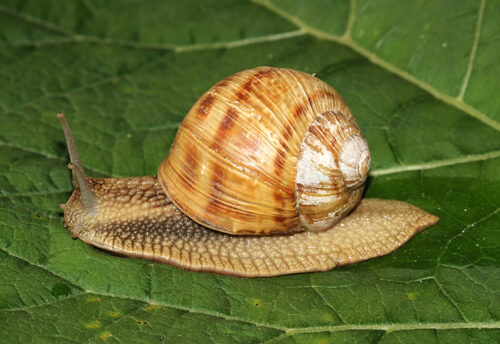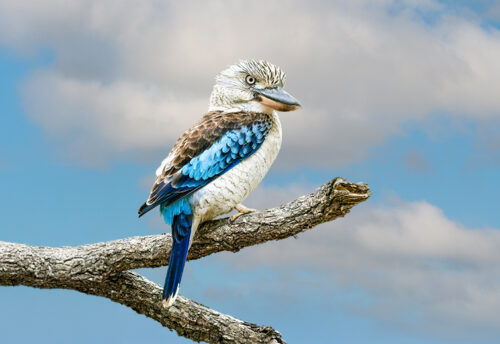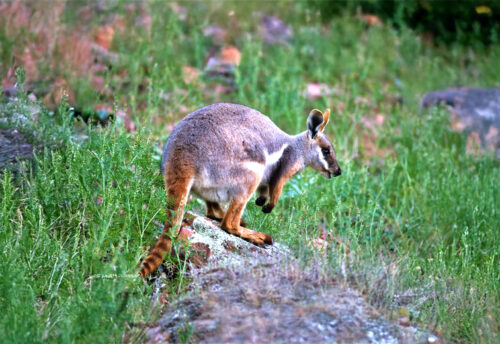
The large-eared pika, a member of the Lagomorpha family, is closely related to rabbits and hares. They can be found among the higher elevations of Afghanistan, Bhutan, China, Tibet, Sichuan, India, Kazakhstan, Kyrgyzstan, Nepal, Pakistan, and Tajikistan. With no serious threats to their existence, sans habitat loss and destruction, and with an abundant population these pikas are listed as Least Concern by the IUCN. However, their population trend is unknown.
First the Stats…
Scientific name: Ochotona macrotis
Weight: Up to 7.2 ounces
Length: Up to 8 inches
Lifespan: Up to 3 years
Now on to the Facts!
1.) These pikas dwell among the boulders and scree (mass of small loose stones that form or cover a slope on a mountain) at elevations of up to 20,113 feet in the Himalayas.
2.) They don’t create burrows as they prefer to hide among the boulders and rock crevices.
3.) The large-eared pika is territorial and up to 18 can patrol an area of up to 2.47 acres, alone or paired with a mate.
4.) Weasels, hawks, owls, dogs, and dholes all prey on these little critters.
5.) This pika, along with all pikas, feeds on grasses, various other vegetation, twigs, lichens, and mosses.
But wait, there’s more on the large-eared pika!
6.) Sans feasting on vegetation, they will also engage in coprophagy (eating their own feces “poop”) and will also eat carrion (dead animals).
7.) Females undergo up to a 30 day gestation (pregnancy) that yields up to 3 piklets, up to 2 times a year.
Did you know…?
Pikas use a range of dialects that communicate aggression, danger, discussion, fear, general communication, and a call they use when they’re searching for a mate.
8.) Since they don’t hibernate during the winter, they are capable of storing up to 60 lbs. of plant matter among the rocks around their hides to turn to during leaner winter months.
9.) They are diurnal (active during the day).
10.) These pikas were first described by Albert Günther in 1875.
Now a Short Large-Eared Pika Video!
This video talks about pikas in general.
Be sure to share & comment below! Also, check out the Critter Science YouTube channel. Videos added regularly!
Want to suggest a critter for me to write about? Let me know here.
Some source material acquired from: Wikipedia & IUCN
Photo credit: Karunakar Rayker




